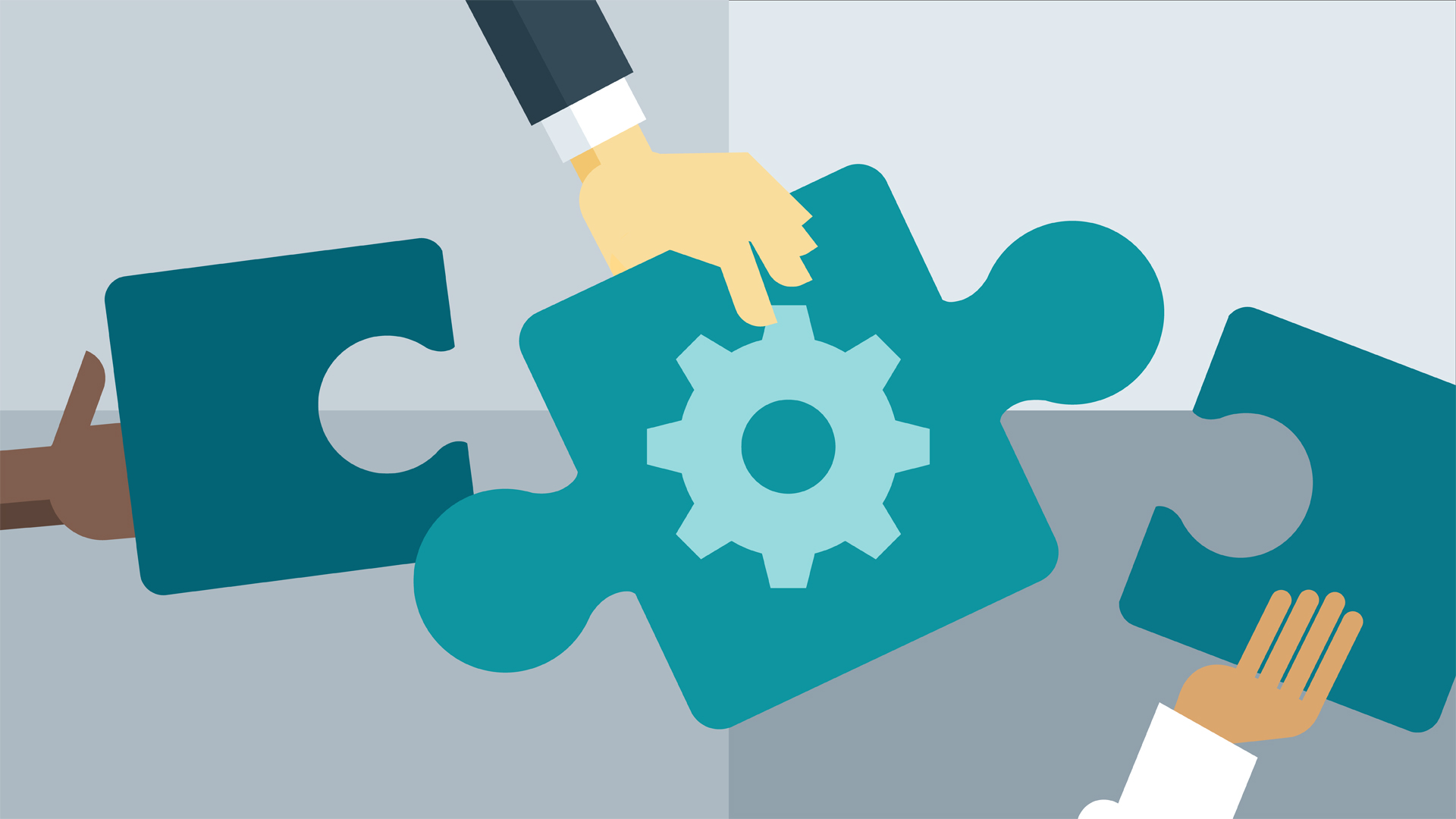A solid design process is the cornerstone of creating a great user experience. Each organization resists to change legacy systems, therefore adapting a process to the specific constraints you face is a huge challenge, especially in an organization that might still be a little uncomfortable with design.
1. Understand the Context
Every good design is based on a solid understanding of the problem it solves. Doing the research to understand the problem and context will equip you to make more informed decisions, and doesn’t need to take a huge investment of time or money.
You can learn a lot from just a day or two of talking to users and stakeholders. The three categories we usually focus on during our qualitative research are the user’s needs, the business’ needs, and the product/service domain. No matter what project you work on, or what process you use, taking the time to do even a little research can pay off huge dividends.
Research:
Understand the tradeoffs: You may not be able to get to everything; focus your research on the most critical assumptions you need to verify.
Acknowledge assumptions: Be explicit about what you don’t know and what assumptions your design relies upon.
Make your findings clear: Synthesize your research and make it easy to digest for the rest of the team. This could be in the form of personas and scenarios, affinity diagrams, or just bulleted insights; Whatever will help your team understand and use the findings later on.
2. Explore and Evaluate
Once you understand the context surrounding your problem, you’ll need to come up with creative, yet practical ideas to design a solution. Exploration and evaluation are complementary modes of thinking that together provide a simple way to maximize the creative potential of your team without going off into a whimsical idea-land where nothing is feasible.
The crux of exploration is that in order to have good ideas, you need to have a lot of ideas. At Cooper, we’ll often do timed ideation sessions where each team member is responsible for coming up with eight totally different ideas in just five minutes. The crazy time limit ensures we aren’t thinking too deeply about each idea, but instead generating a huge breadth of different directions and ideas to explore.
Next, evaluation brings us back to reality by thinking through each idea. It’s at this point where we take a critical (yet constructive) eye to each idea and see how it holds up. As much as possible, we base our evaluation off of our research insights, driving us toward a creative solution that is grounded in the facts from our research.
The combined effect of exploration and evaluation is a powerful way to consistently make h3 creative decisions. You can integrate it into whatever process you use, and tailor the breadth of your exploration to whatever time constraints you face.
3. Iterate Rapidly
No matter how great your team is, your product isn’t going to be perfect the first time. Or the second time. The quickest way to improve your design is to show it to people, get feedback, and iterate.
This idea applies on multiple scales. At the production level, rapid releases are the base of Agile development. They allow you to adapt quickly to a changing landscape, and rapidly address feedback from users. Before production begins, rapidly iterating in the cheapest possible prototyping medium with save you huge amounts of time and money. At a first pass, just show a hand sketch to your peers, get feedback, and iterate on it. Only move into a higher fidelity when you have a good reason to.
Like the other principles, rapid iteration is an idea that can be used within any process. While iterating quickly on a larger scale may require more significant changes, you can easily integrate it into your everyday practice. Show your work early and often, before you invest significant time in it.
The Next Steps
These three simple practices bundle up the most important aspects of design into a form that can be applied almost anywhere. Are there other big ideas behind design that you use? Have you had success with these in the past?

